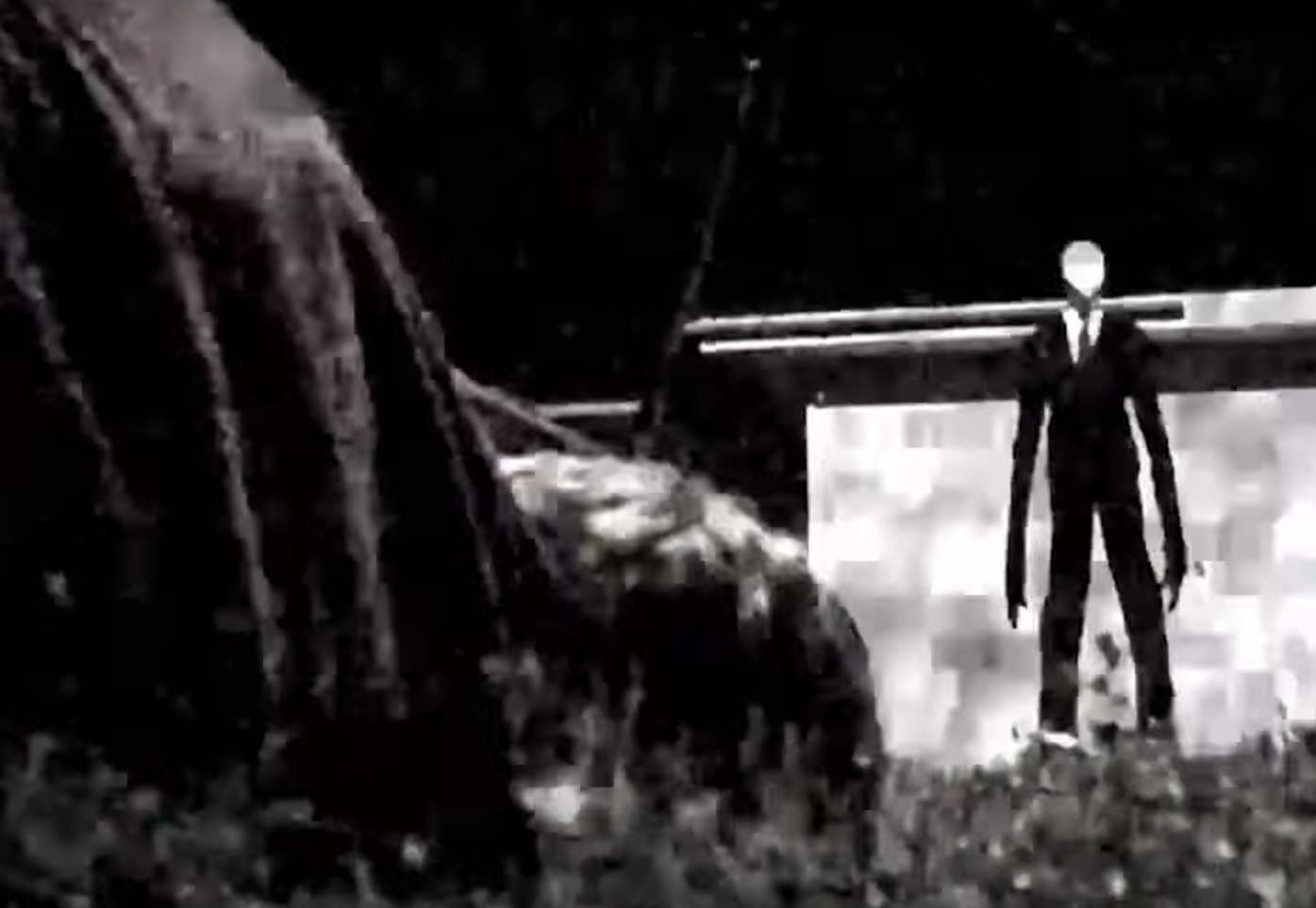It’s the urban legend you probably discovered right on the edge of adolescence. Whether he turned up in a spooky video game you were playing at a sleepover or he was the villain in a nightmarish ghost story, Slenderman has a tendency to cement himself as being an unsettling celebrity of internet fiction.
HBO broadcast their newest documentary, Beware the Slenderman, on Jan. 23. The film, directed by Irene Taylor Brodsky, follows the trial of two young girls, Morgan Geyser and Anissa Weier, arrested for a crime that became a huge point of interest for people around the country because of its strange and deeply unsettling circumstances — a crime that many refer to as “the Slenderman stabbing.”
Citizens of a small town in Wisconsin, Geyser and Weier seemed like typical Midwestern preteens. The documentary opens with clips of home movies portraying them in middle school choirs or playing with a pet in the living room. Their parents, who are interviewed on and off throughout the film, discuss how they never saw it coming. “It” being the events that transpired May 21, 2014, when Geyser and Weier, both 12 at the time, lured their friend Payton “Bella” Leutner into the woods, stabbed her 19 times and then left her for dead. Why? When police questioned them, both girls were certain they had to do it in order to appease Slenderman, their terrifying Internet obsession.
The documentary succeeds in its ability to portray the power of internet memes, especially those that rack up a fan base constantly producing new and changing drawings, fiction and videos surrounding whatever is being imitated. In this case, it’s Slenderman, an eerily tall faceless monster wearing a suit. According to legend, Slenderman stalks and steals children using long tentacles that can be released from his back.
It proves to be a horribly perfect storm of internet obsession, mental illness, coercion and developing minds. Through fairly heartbreaking testimonials from parents, the viewer gets a glimpse of what it’s like to learn about a child’s fears and mental disabilities after it’s far too late to help them. It’s revealed that Geyser was eventually diagnosed with early onset schizophrenia, while Weier suffered from a delusional disorder. The documentary walks a fine line, humanizing the young criminals while also delving deep into the disturbing nature of their acts. The difficulties and gray areas associated with deciding whether the girls deserved to be tried as juveniles are put front and center, the film later revealing the crime warranted that both girls be tried as adults. It becomes clear that in a situation such as this, there are often far more questions than answers.
The documentary thrives in its captivating narration of the events, its background on folklore and its ability to reveal the multitude of questions associated with a highly unique crime. However, major shortcomings exist in regards to who is chosen to tell these stories. In a documentary that centers around how internet fiction can affect those with developing minds, the vast majority of interviews are with adults, whether it is parents, psychologists or old teachers. A teen that spent time in jail with the girls provides one of the more interesting testimonies as he discusses the nature of both girls from the perspective of a peer. Yet, this subject is shown sparingly, and it’s hard to develop a feeling of real insight into what these girls may have been like when largely given a guardian’s perspective.
Leutner, who miraculously survived the attack, is not interviewed at any point in the film. However, Brodsky does a good job of basing the narrative much more in the causes and nature of the crime, rather than the impact on the victim or the victim herself.
It’s no secret that the internet is largely an arsenal of disturbing stories and imagery. Beware the Slenderman is best when it’s forcing you to consider the darker, twisted possibilities of memes and the power of lore that grows haphazardly through digital repetition and imitation. Though the film manages to leave a strange taste in your mouth, it does prove fascinating and, similar to Slenderman himself, may stick with viewers for longer than anticipated.
3/4 Shells



